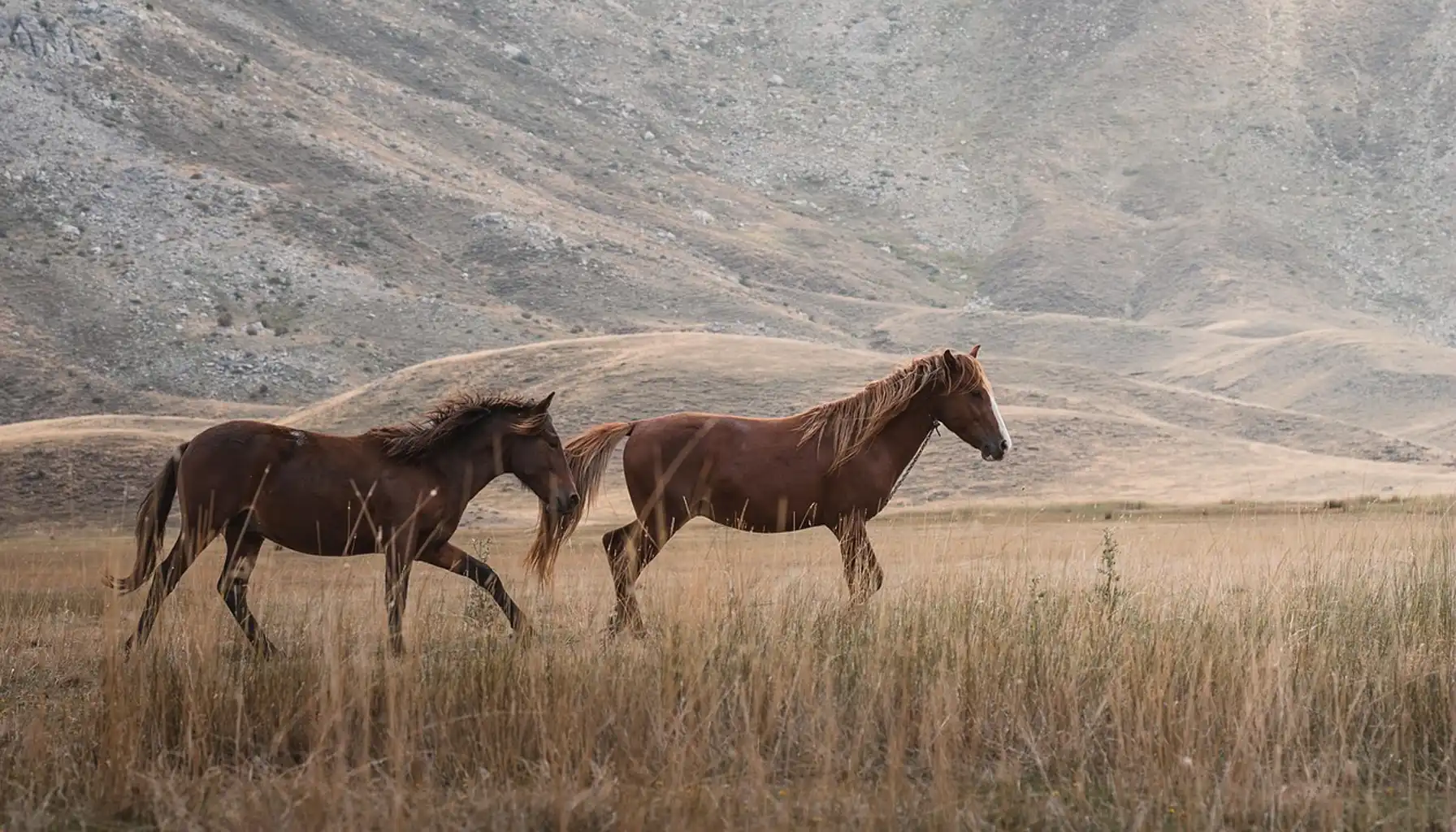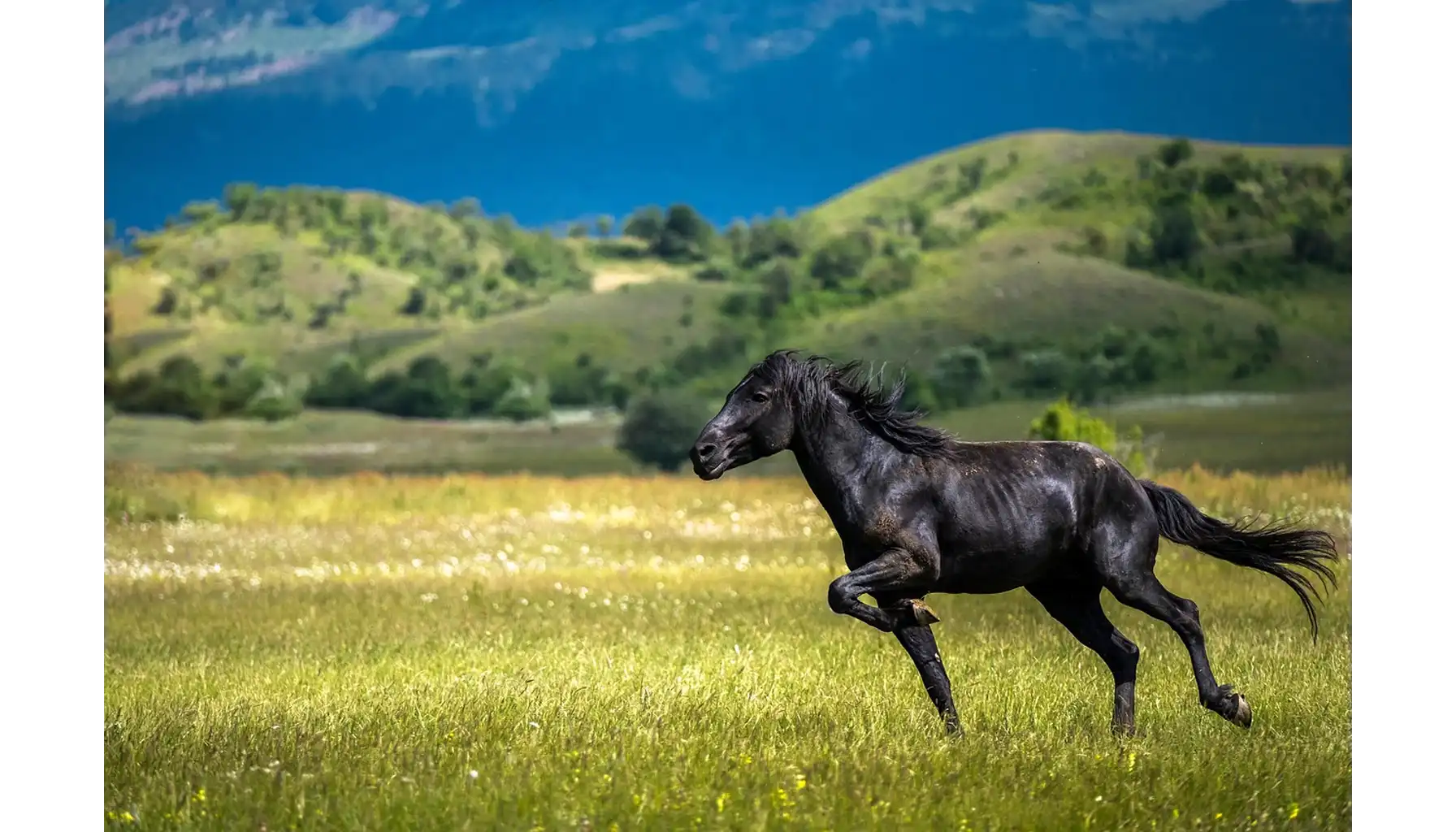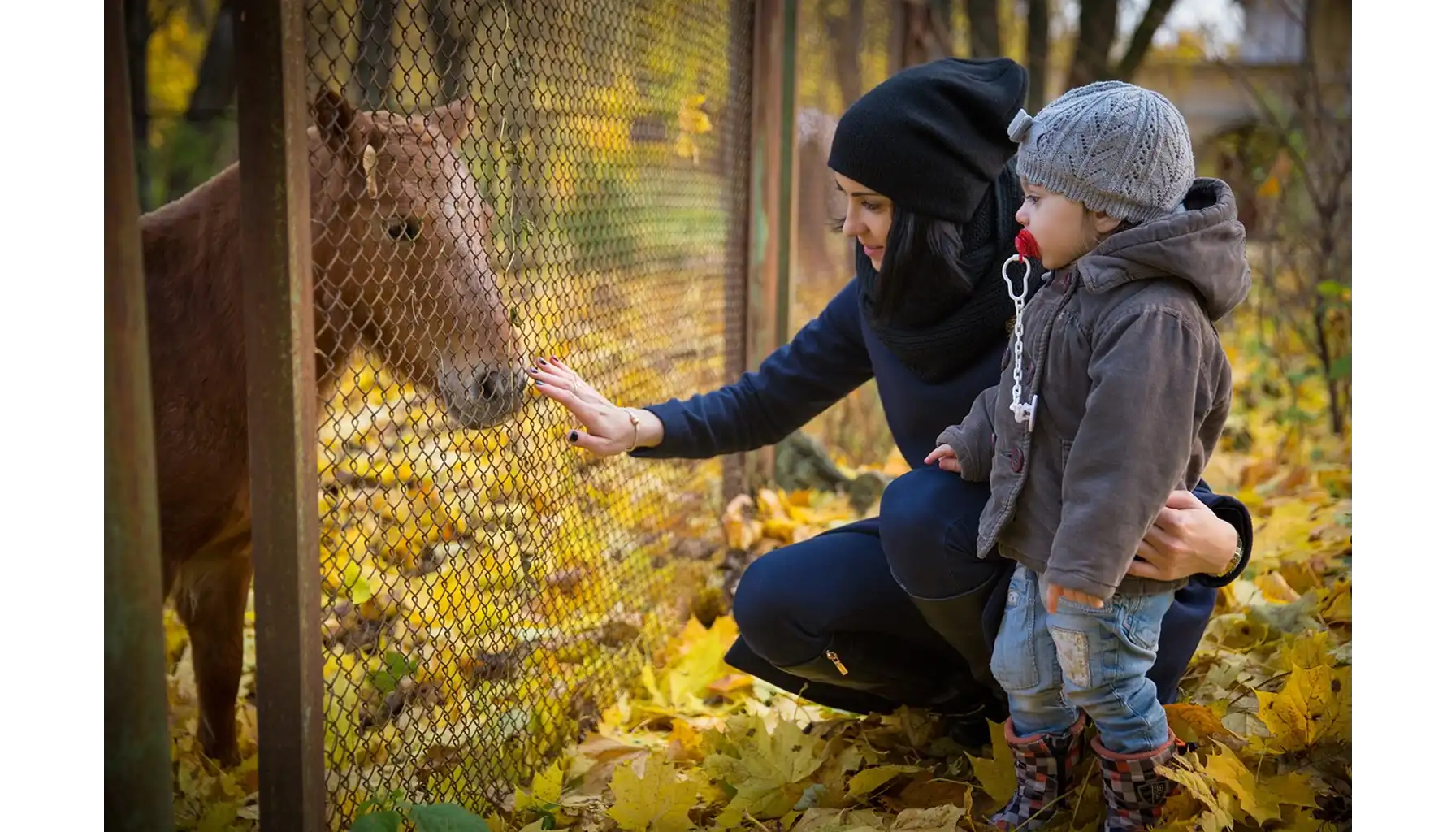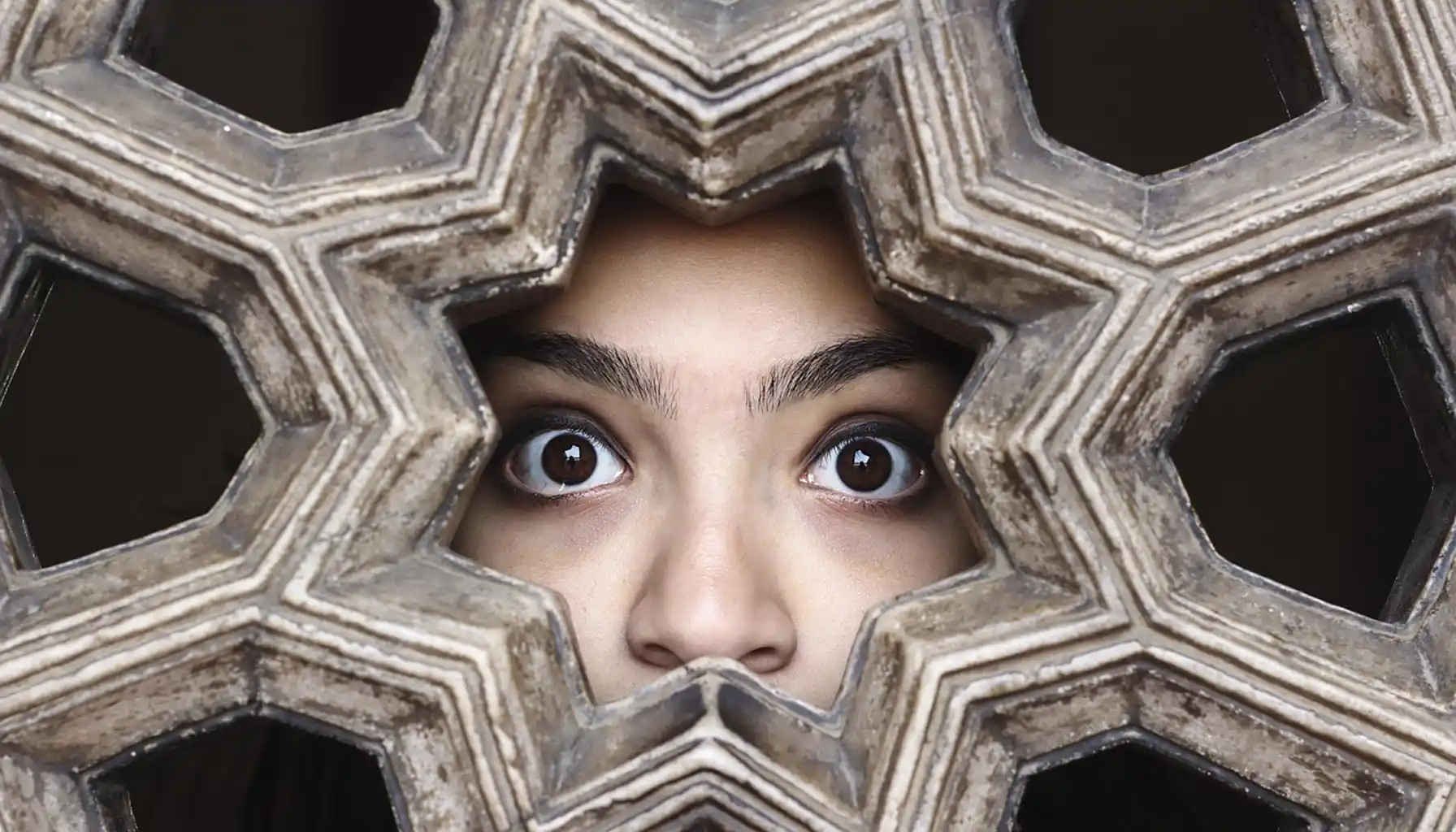Contents:
Horses have accompanied humans for centuries — they have been used in wars, agriculture, sports, and art. For many people, horses represent freedom and harmony, yet for some, these same animals bring overwhelming anxiety.
Fear of horses can cause physiological discomfort. This state, called equinophobia, is a phobia that limits everyday living. It manifests itself not only in direct contact, but also when seeing images or films, or even hearing the sound of a hoof.
Modern psychologists note that the sooner a person seeks help, the higher the chance of regaining peace. Digital practices can also be useful in this process, including attention training through special brain training games.

Equinophobia Definition
The term originates from Latin and Greek: equus — "horse", phobos — "fear". Thus, the word literally means "fear of horses".
The question "what is the fear of horses called?" has several possible answers. In medical literature, equinophobia is most often used, but hippophobia is also found in everyday life.
Equinophobia definition in psychology indicates a specific anxiety disorder: a person reacts to a threatening object even when there is no real danger.
Symptoms of Fear of Horses
Symptoms vary and depend on the degree of the disorder.
physiological: sweating, dizziness, trembling, nausea, sudden jumps in blood pressure, pounding heartbeats, and difficulty breathing;
emotional: a sense of dread, loss of control, urge to escape immediately, and heightened irritability in stressful moments;
cognitive: recurring thoughts about impending danger, fixation on possible harm, and difficulty shifting attention away from the fear.
Table: Situational Triggers and Typical Reactions
Trigger Situation | Physiological Reaction | Emotional State | Behavioral Reaction |
Encountering a horse on the street | Rapid heartbeat, trembling hands | Panic, sense of “impending threat” | Walking away, avoiding contact |
Hearing the sound of hooves | Sweating, shortness of breath | Anxiety, feeling of losing control | Covering ears, leaving quickly |
Seeing a photo or video of a horse | Light dizziness, muscle tension | Discomfort, wariness | Changing the channel, closing the image |
Talking about horseback riding/races | High blood pressure, dry mouth | Strong anxiety, irritability | Refusal to discuss, changing the subject |
Recalling a traumatic event | Nausea, heaviness in the chest | Horror, sense of helplessness | Withdrawing, desire for isolation |
Causes of Equinophobia
Trauma and negative experiences — a fall from a horse, a bite, or a strong fright can reinforce the sense of danger for a long time; sometimes it is enough to see another person hurt.
Family influence and genetics — children quickly pick up their parents' fears, and a hereditary tendency to anxiety only increases this vulnerability.
Lack of exposure — when there is no experience of communicating with animals, horses seem unpredictable and cause caution.
Media and cultural influence — reports of accidents or frightening scenes in films create a persistent image of a horse as a threat.
Personality traits and psychological background — excessive sensitivity and the tendency to expect the worst increase the risk of developing a phobia, and in rare cases may result in deviant behaviour as a maladaptive way of handling fear.
Everyday Impact of The Fear of Horses
The phobia affects not only leisure time, but also professional life.
People may avoid jobs related to agriculture.
Teachers and parents sometimes avoid excursions to museums and parks where there are stables.
In villages, fear makes it difficult to move around the streets, in cities, challenges arise because of police patrols.

Diagnosis and Treatment Options
Clinical Assessment Methods
In psychiatry, this condition is classified as a specific phobia. To make a diagnosis, a specialist relies on the DSM-5 criteria. The doctor takes a detailed history: asks when the symptoms first appeared, how often they occur, and how much they limit a person’s life.
It’s important to establish that the reaction persists for at least six months and is accompanied by changes in habits. Sometimes psychometric questionnaires are used, which provide a way to measure the level of anxiety. If necessary, the doctor can refer to other specialists to rule out somatic diseases that mask anxiety symptoms.
Cognitive Behavioral Therapy and Other Approaches
The most effective is сognitive behavioral therapy. It helps to identify and replace negative attitudes. It’s supplemented by:
exposure therapy — gradual approach to the object of fear;
hypnotherapy — work in a trance state;
medications — antidepressants and anxiolytics.
group therapy — sharing experiences and supporting people with similar fears, which reduces the feeling of isolation.
Related Conditions and Risks
Equinophobia is often combined with other fears, especially if they are also related to animals. In psychology, this is called the zoophobic spectrum: anxious reactions arise not to a single object but to an entire group of living creatures.
For example, a person may develop elurophobia, that is, a fear of cats. For an outsider, this seems illogical — a cat and a horse are completely different in size and behavior, but for the mind, there is one common factor: the unpredictability of a living creature.
Practical Coping Strategies
When suddenly encountering an animal, it’s useful to:
focus on breathing, counting inhalations and exhalations;
shift your attention to a sound or an object in your hands;
use grounding
use apps like Mind Elevate to build resilience.
Good sleep quality, regular exercise and limiting stimulants (caffeine, nicotine) reduce the overall level of anxiety. The fear of horses then becomes less intense.
Equinophobia in Sports and Therapy

The horse is not only a part of culture, but also an important partner in sports and rehabilitation. In equestrian sports, the animal symbolizes endurance and harmony with humans. At the same time, for people with a phobia, the very thought of competitions involving horses causes anxiety and excludes them from a whole layer of sports life.
Another side is no less interesting: horses are actively used in hippotherapy - a method of rehabilitation after injuries and neurological disorders. Patients with cerebral palsy, autism or post-traumatic syndrome show noticeable improvements after horseback riding. For a person with a fear of horses, this resource remains inaccessible, which deprives him of one of the unique forms of therapy.
Building Resilience and Moving Forward
Working with a phobia is not only about fighting anxiety, but also about finding inner support. Gradually getting used to the frightening object, meetings with a therapist, and using digital tools give a chance to create a new experience.
Equinophobia meaning in this sense goes far beyond the medical term: it becomes a symbol of the point from which change begins. For many people, working with this phobia becomes a catalyst for developing self-control skills, emotional stability, and self-confidence — qualities that are valuable in any area of life.





